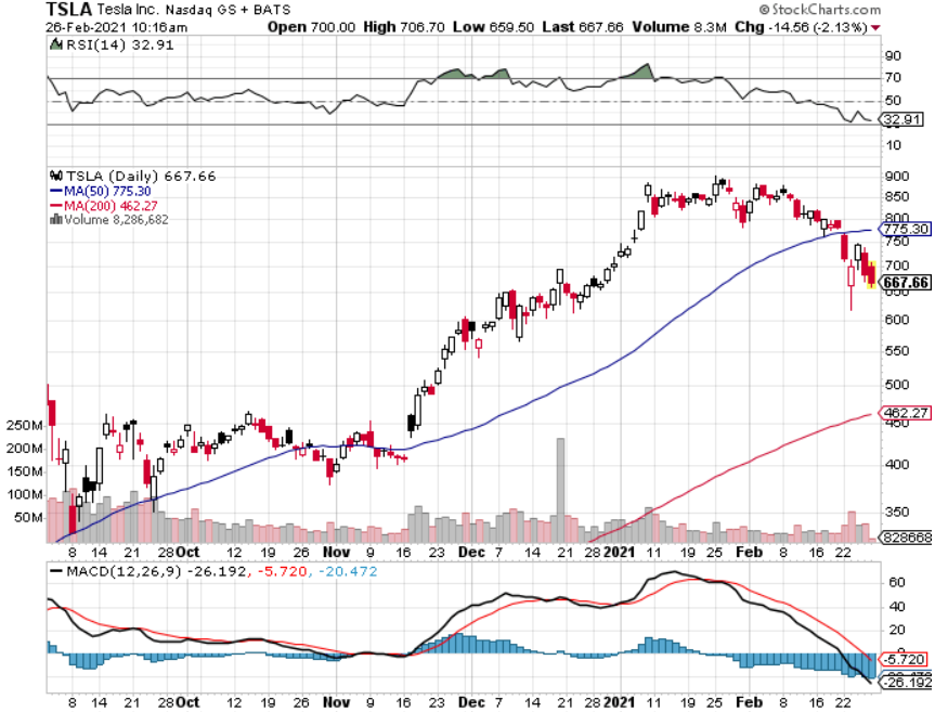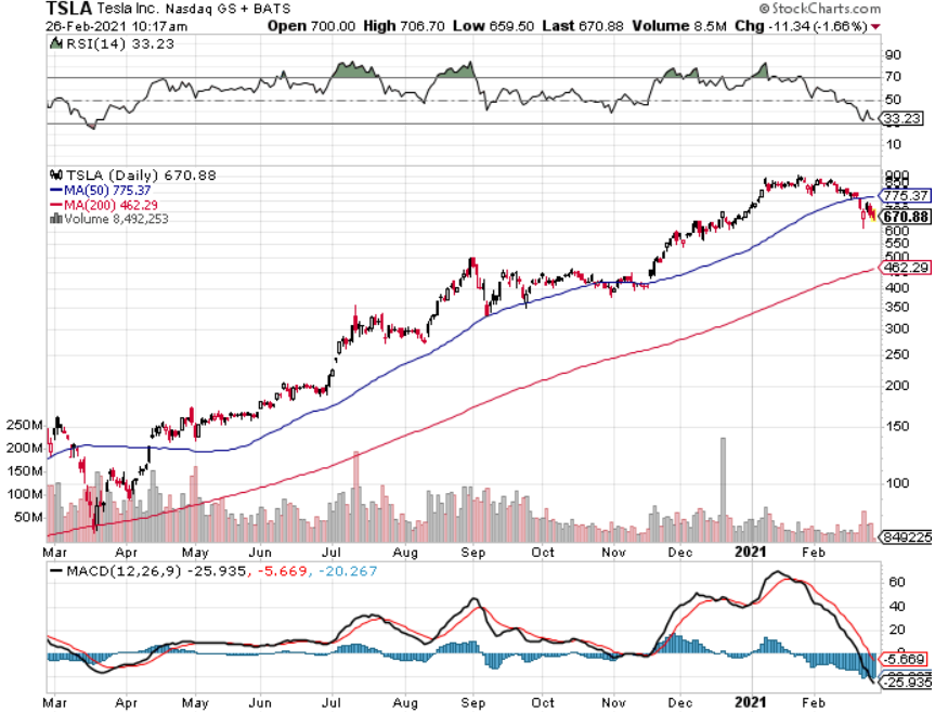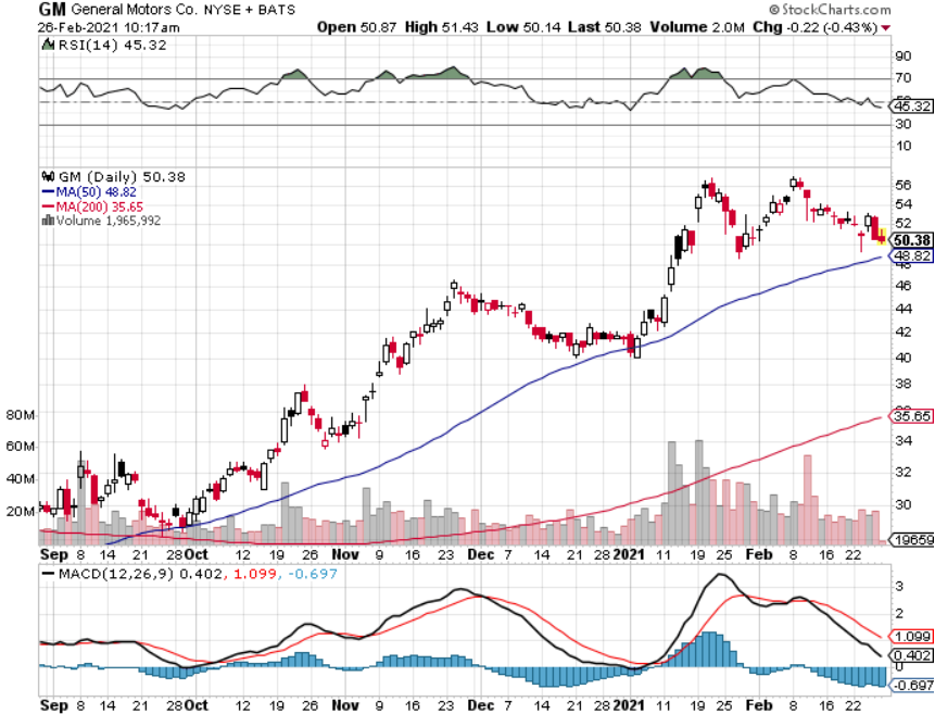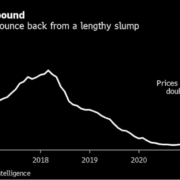The electric vehicle market is blossoming into a mega tech growth industry and we are just entering the sweet spot of it.
Just take a look at the variety of options now on the market.
China has been doing its best to catch up to the standard bearer Tesla (TSLA) with generous government subsidies spawning a tidal wave of new investment.
A Chinese company partnering with GM has been able to introduce an electric vehicle (EV) selling in China for $4,500 and is now miraculously outselling Tesla's posher cars.
The compact car is proving a home run for state-owned SAIC Motor, China's top automaker.
The Hong Guang Mini EV is being built as part of a joint venture with US car giant General Motors (GM) and yes, this is the same joint venture where Chinese companies “borrow” the proprietary intellectual property.
This is just another example of the breadth of options out there and the insatiable popularity of the mode of transport in a world of climate change and the broad-based pivot to sustainable ecological business.
According to Fortune Business Insights, the global electric vehicle market will be worth $985.72 billion by 2027, growing at a compound annual growth rate (CAGR) of 17.4% over the next six years.
Electric vehicle sales are poised to surpass the highest level on record in 2021.
Edmunds data shows that EV sales made up 1.9% of retail sales in the United States in 2020 and that number is expected to surge to 2.5% this year.
Edmunds analysts anticipate that 30 EVs from 21 brands will become available for sale this year, compared to 17 vehicles from 12 brands in 2020.
Notably, this will be the first year that these offerings represent all three major vehicle categories: Consumers will have the choice among 11 cars, 13 SUVs, and six trucks in 2021, whereas only 10 cars and seven SUVs were available last year.
As it is true that compact vehicles will rule the road in China, Americans have a love affair with trucks and SUVs, to the detriment of compact cars.
Each EV manufacturing decision will need to have localization in mind.
This isn’t to say that China can produce EVs at the quality of Tesla, but it shows that alternative models of EV battery capabilities, range, and performance also have a strong place in the consumer world.
This isn’t just a Tesla world with everyone living in it.
The Chinese government has bet the ranch on EVs as it reduces the smog-induced megacity pollution that has been public enemy one, two, and three.
Clean air is a sensitive topic among Chinese urban dwellers.
The Chinese communist party offers EV license plates for free and they are guaranteed. In many cities, it can take years to receive a license plate for a petrol engine through various lottery systems.
The Tesla Model 3 sells for about $39,000 in China factoring in price cuts due to its local production.
So what does this mean for the short-term future of EVs?
First, they are showing growth numbers that almost every cloud executive would love to put on the radar for many tech investors.
Second, Elon Musk’s Tesla and The Hong Guang Mini EV are primed to be flooded in all markets overseas creating an ironic situation where Europeans are buying a cheaper EV from China instead of the homegrown stalwarts of BMW, Audi, and Mercedes.
China has been adamant that they want to secure higher manufacturing ground and this phenomenon is coming hard and fast for the Europeans and everyone else who have continuously kowtowed to Chinese business.
Reports have linked these Chinese mini EVs to a Latvian automaker who could sell an iteration of the car in Europe. However, the price is likely to be twice as high due to European environmental requirements.
This also paves the way for Tesla to eventually roll out a compact car to sell in the German market and the entire European Union.
Tesla Gigafactory Berlin-Brandenburg is a European manufacturing plant under construction in Grünheide, Germany and the campus is 20 miles south-east of central Berlin on the Berlin–Wrocław railway.
Of course, at first, they will produce the American models of the Tesla, but my guess after that is they will start right-sizing their models for the local market in all shapes and sizes.
This would be the new contact point in terms of funneling Tesla products into Europe and instead of SUV/Pick-up trucks, they will create something more akin to a Fiat-sized car to suit the European market.
Although the EV market is still in its infancy, Tesla not only has first-mover advantage and the best of breed stamp of quality, but has the manufacturing prowess in terms of battery and knowhow that others don’t.
That being said, beneath the robustness of Tesla, a lot of movement is taking place as we speak and we still do not have the 2nd or 3rd Teslas emerging from the pack and we will gain more insight into who that is in the next few years.
For the next 10X bagger, potential start-ups that could take the EV market by storm is where readers should put their money, but this comes with great risk.
But I’ve been pretty good at guessing 10 baggers with recommendations such as Roku (ROKU) and Palantir (PLTR) on the way to achieve 10 bagger status.
As many understood from the first pandemic year of 2020, just throw money into Tesla and watch it explode higher.
Tesla is still an incredibly bullish tech story and I wouldn’t want to get in the way of its up moves.
The moment Tesla’s quality starts to erode and Chinese low-quality EVs catch up, that would be the cue to take profits on Tesla, but that day is long off.






